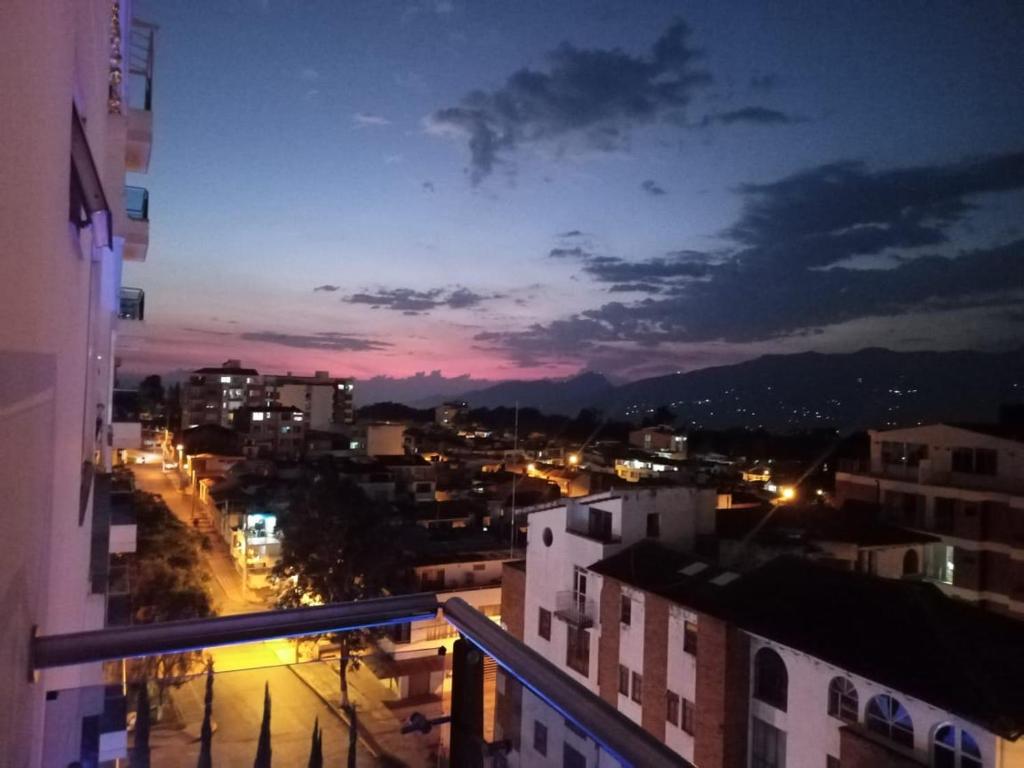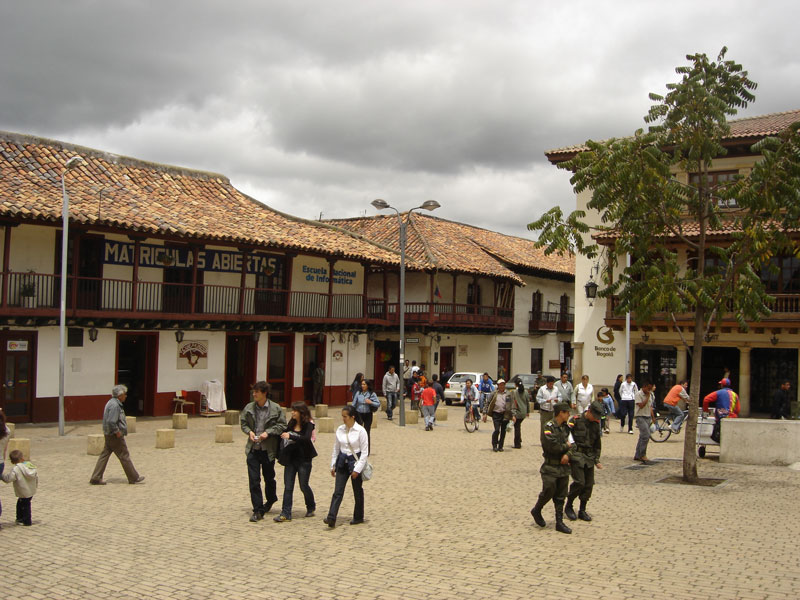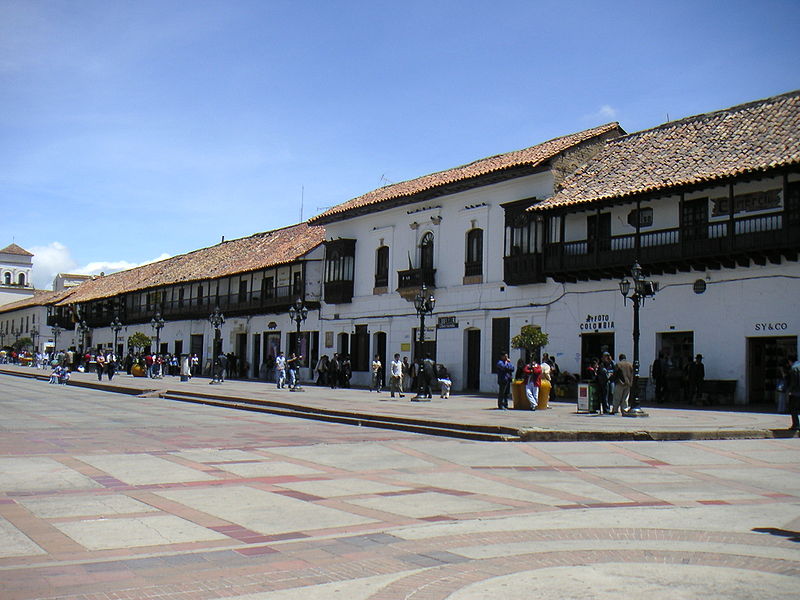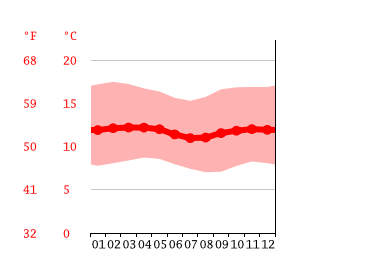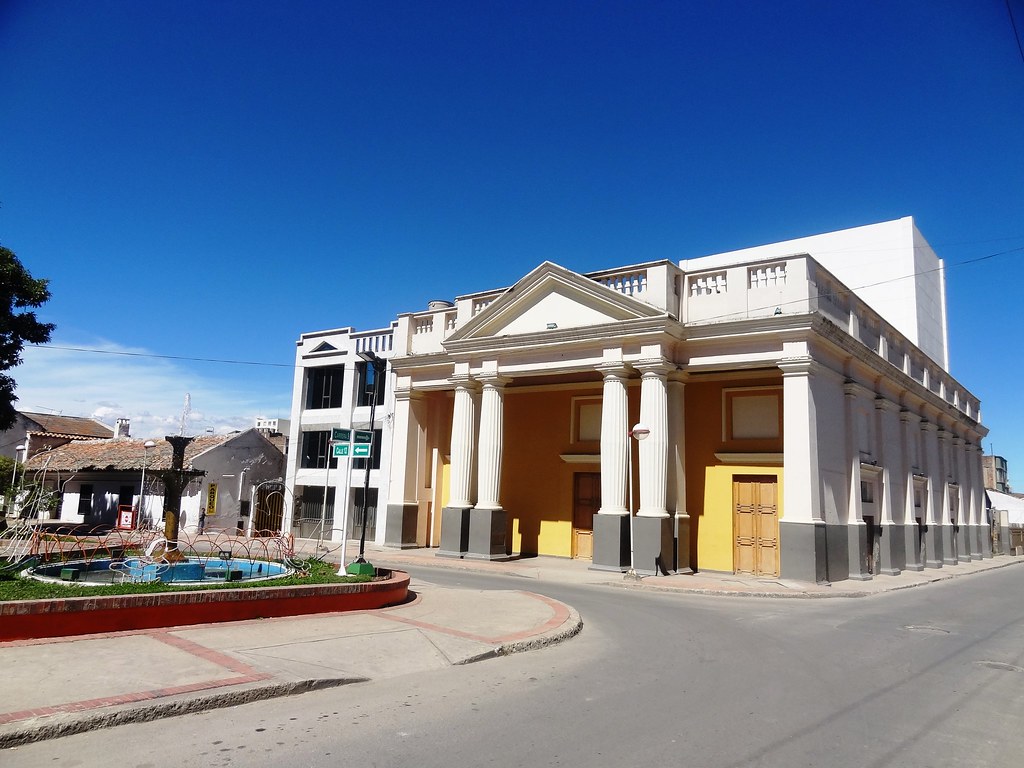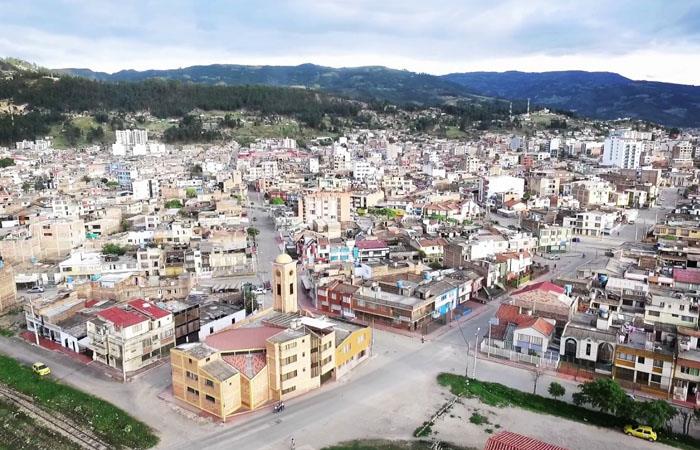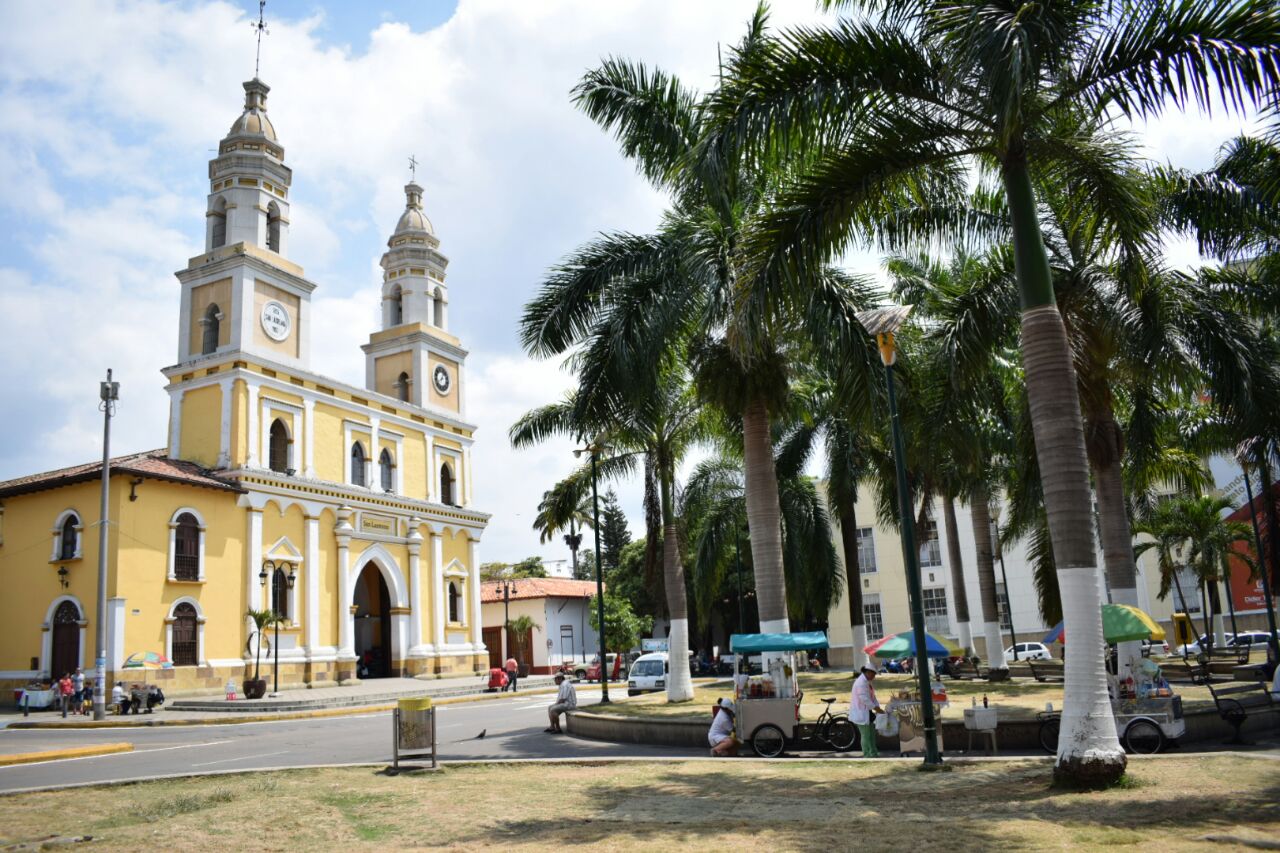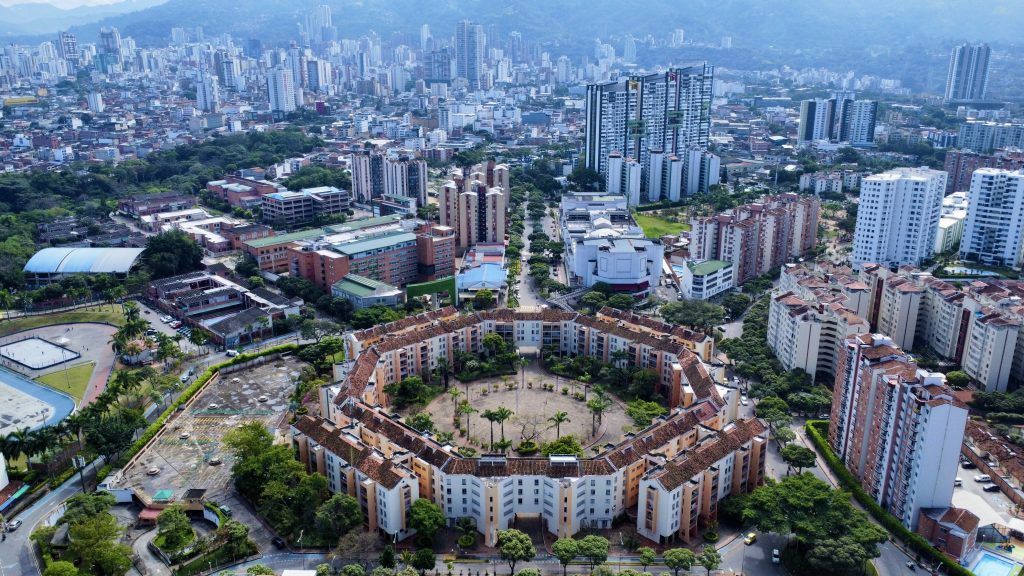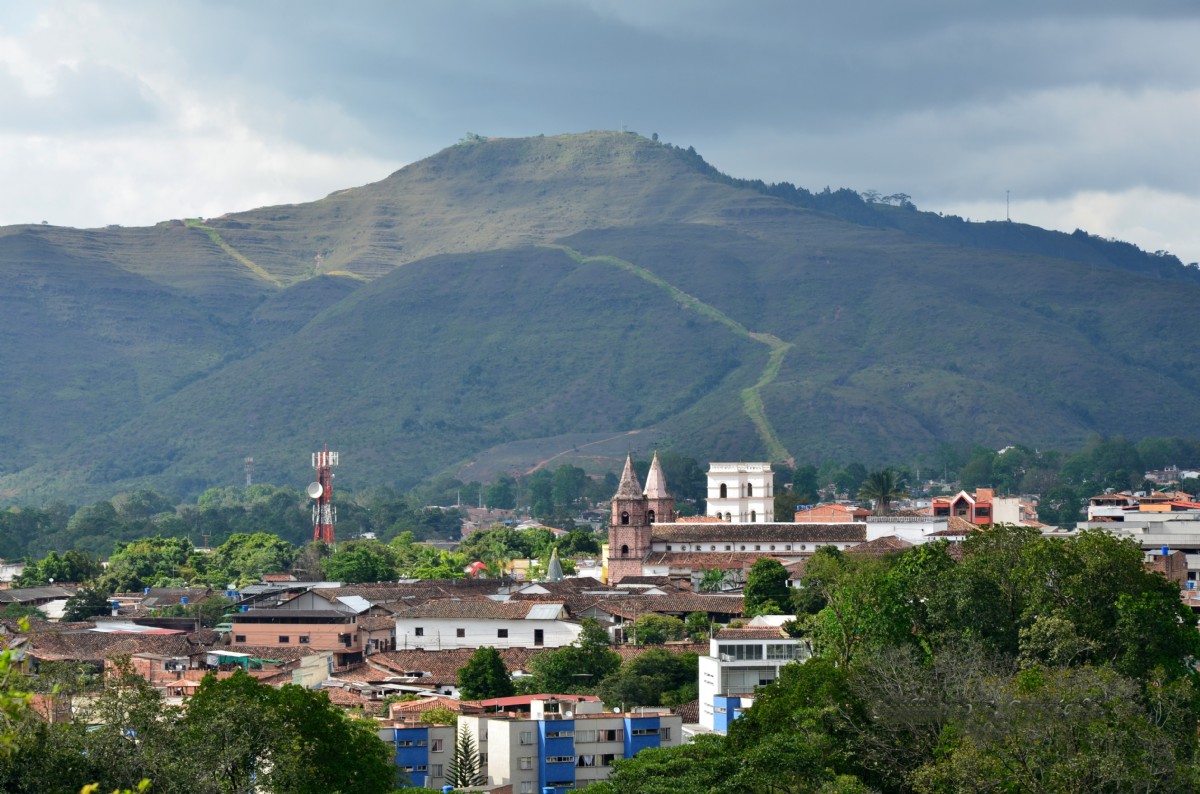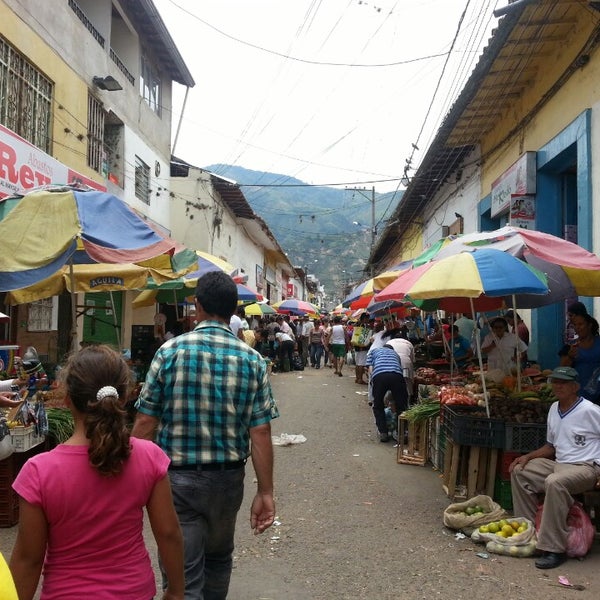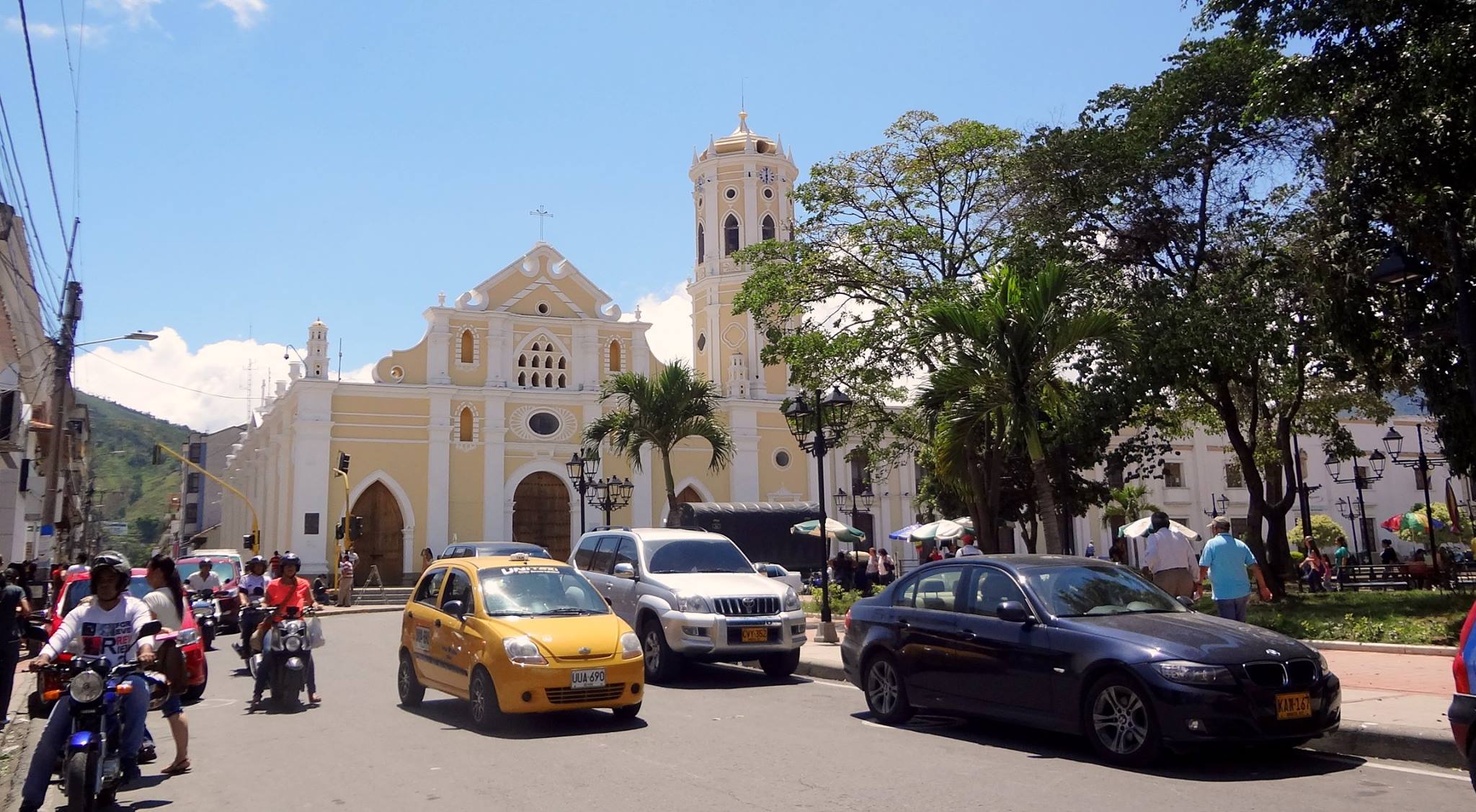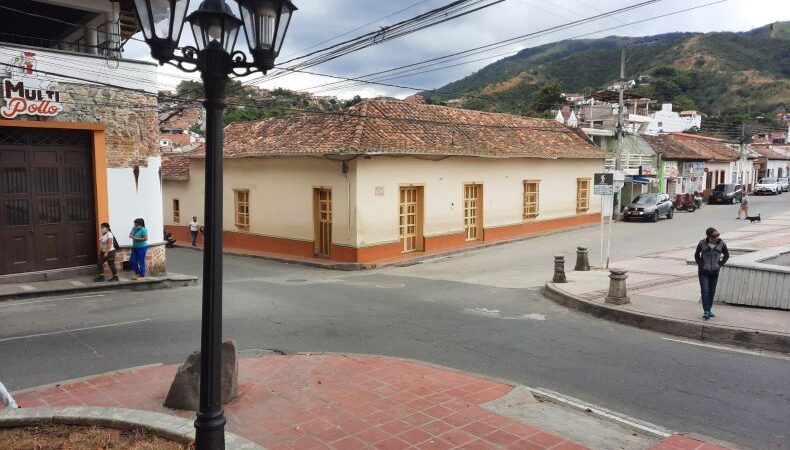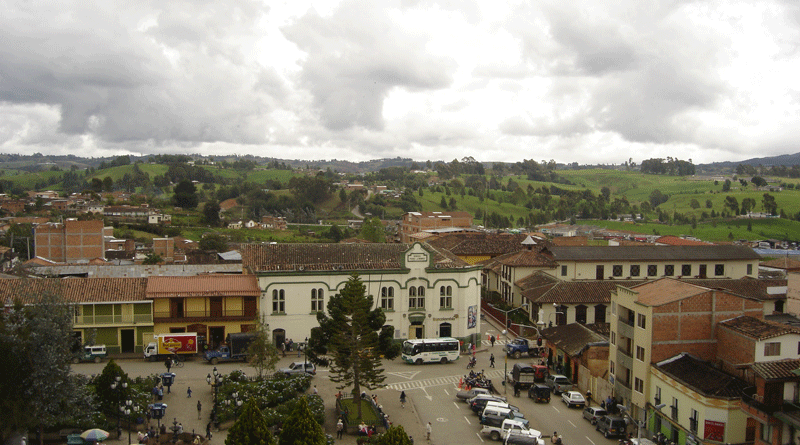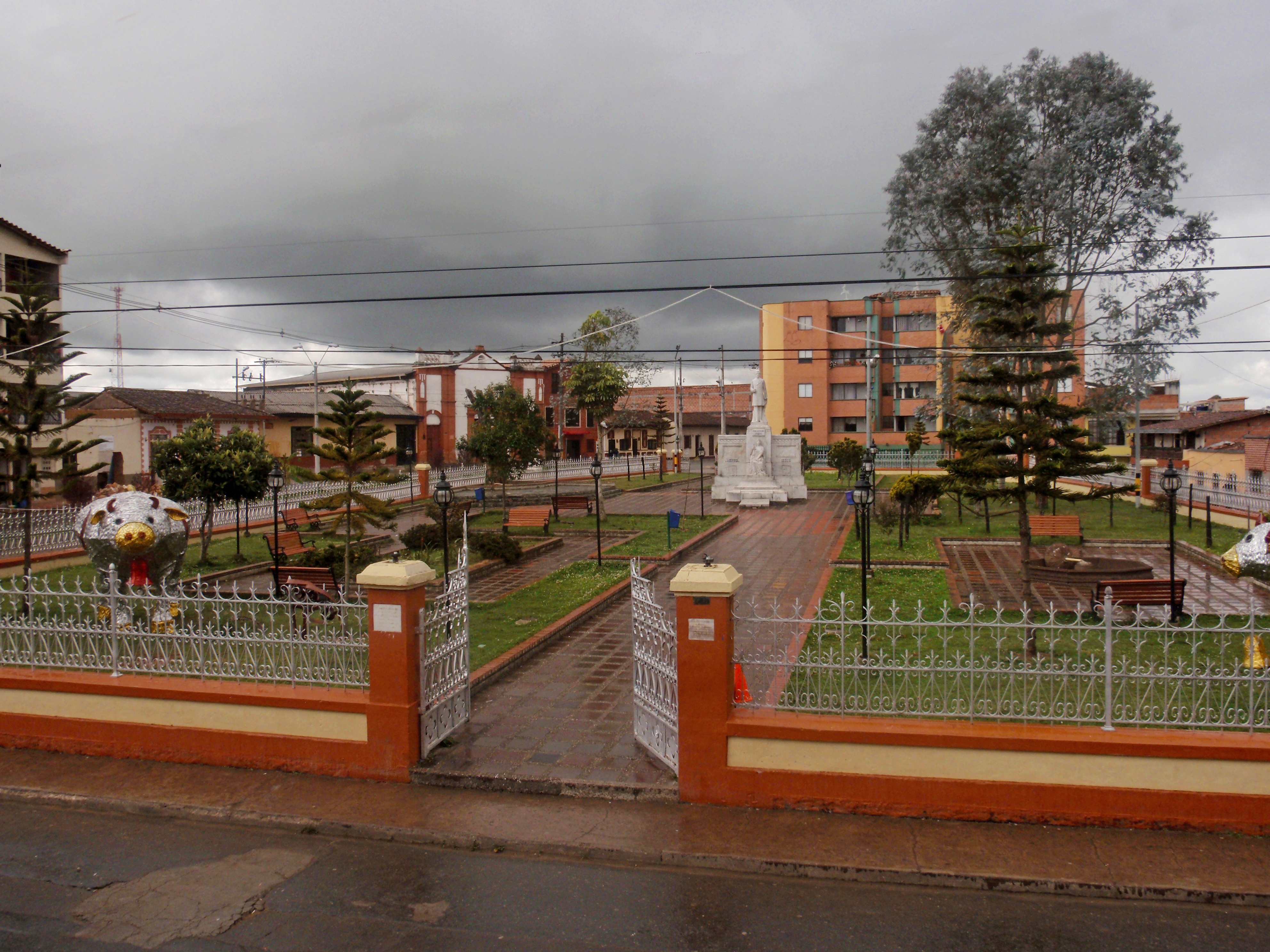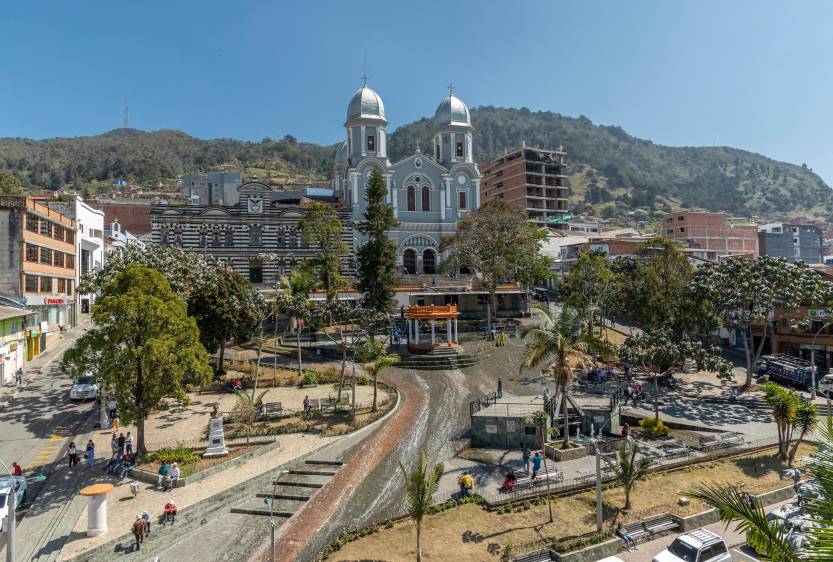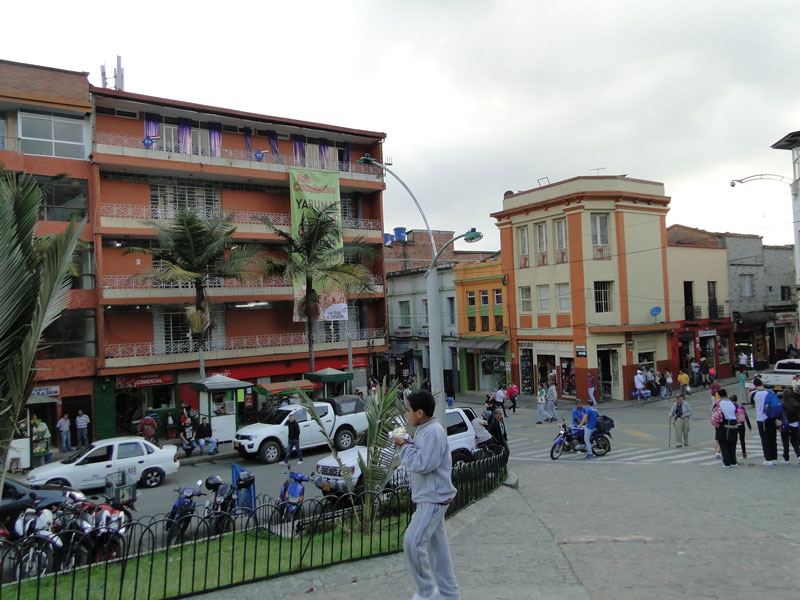Department – Capital District
Population – 7,968,095
Elevation – 2,640m

From Wikipedia:
Bogotá (/ˌboʊɡəˈtɑː/,[13][14] also UK: /ˌbɒɡ-/, US: /ˈboʊɡətɑː/,[15] Spanish pronunciation: [boɣoˈta] (listen)), officially Bogotá, Distrito Capital, abbreviated Bogotá, D.C., and formerly known as Santa Fe de Bogotá (Spanish: [ˌsanta ˈfe ðe βoɣoˈta]; lit. 'Holy Faith of Bogotá') during the Spanish Colonial period and between 1991 and 2000, is the capital city of Colombia, and one of the largest cities in the world. The city is administered as the Capital District, as well as the capital of, though not part of, the surrounding department of Cundinamarca.[16] Bogotá is a territorial entity of the first order, with the same administrative status as the departments of Colombia. It is the political, economic, administrative, and industrial center of the country.
Bogotá was founded as the capital of the New Kingdom of Granada on 6 August 1538 by Spanish conquistador Gonzalo Jiménez de Quesada after a harsh expedition into the Andes conquering the Muisca, the indigenous inhabitants of the Altiplano. Santafé (its name after 1540) became the seat of the government of the Spanish Royal Audiencia of the New Kingdom of Granada (created in 1550), and then after 1717 it was the capital of the Viceroyalty of New Granada. After the Battle of Boyacá on 7 August 1819, Bogotá became the capital of the independent nation of Gran Colombia. It was Simón Bolívar who rebaptized the city with the name of Bogotá, as a way of honoring the Muisca people and as an emancipation act towards the Spanish crown.[17] Hence, since the Viceroyalty of New Granada's independence from the Spanish Empire and during the formation of present-day Colombia, Bogotá has remained the capital of this territory.
The city is located in the center of Colombia, on a high plateau known as the Bogotá savanna, part of the Altiplano Cundiboyacense located in the Eastern Cordillera of the Andes. Bogotá is the third-highest capital in South America and in the world after Quito and La Paz, at an average of 2,640 meters (8,660 ft) above sea level. Subdivided into 20 localities, Bogotá has an area of 1,587 square kilometers (613 square miles) and a relatively cool climate that is constant through the year.
The city is home to central offices of the executive branch (Office of the President), the legislative branch (Congress of Colombia) and the judicial branch (Supreme Court of Justice, Constitutional Court, Council of State and the Superior Council of Judicature) of the Colombian government. Bogotá stands out for its economic strength and associated financial maturity, its attractiveness to global companies and the quality of human capital. It is the financial and commercial heart of Colombia, with the most business activity of any city in the country.[18][19] The capital hosts the main financial market in Colombia and the Andean natural region, and is the leading destination for new foreign direct investment projects coming into Latin America and Colombia.[20] It has the highest nominal GDP in the country, responsible for almost a quarter of the nation's total (24.7%).
The city's airport, El Dorado International Airport, named after the mythical El Dorado, handles the largest cargo volume in Latin America, and is third in number of passengers.[21] Bogotá is home to the largest number of universities and research centers in the country,[19] and is an important cultural center, with many theaters, libraries and museums. Bogotá ranks 52nd on the Global Cities Index 2014,[22] and is considered a global city type "Beta +" by GaWC.[23]

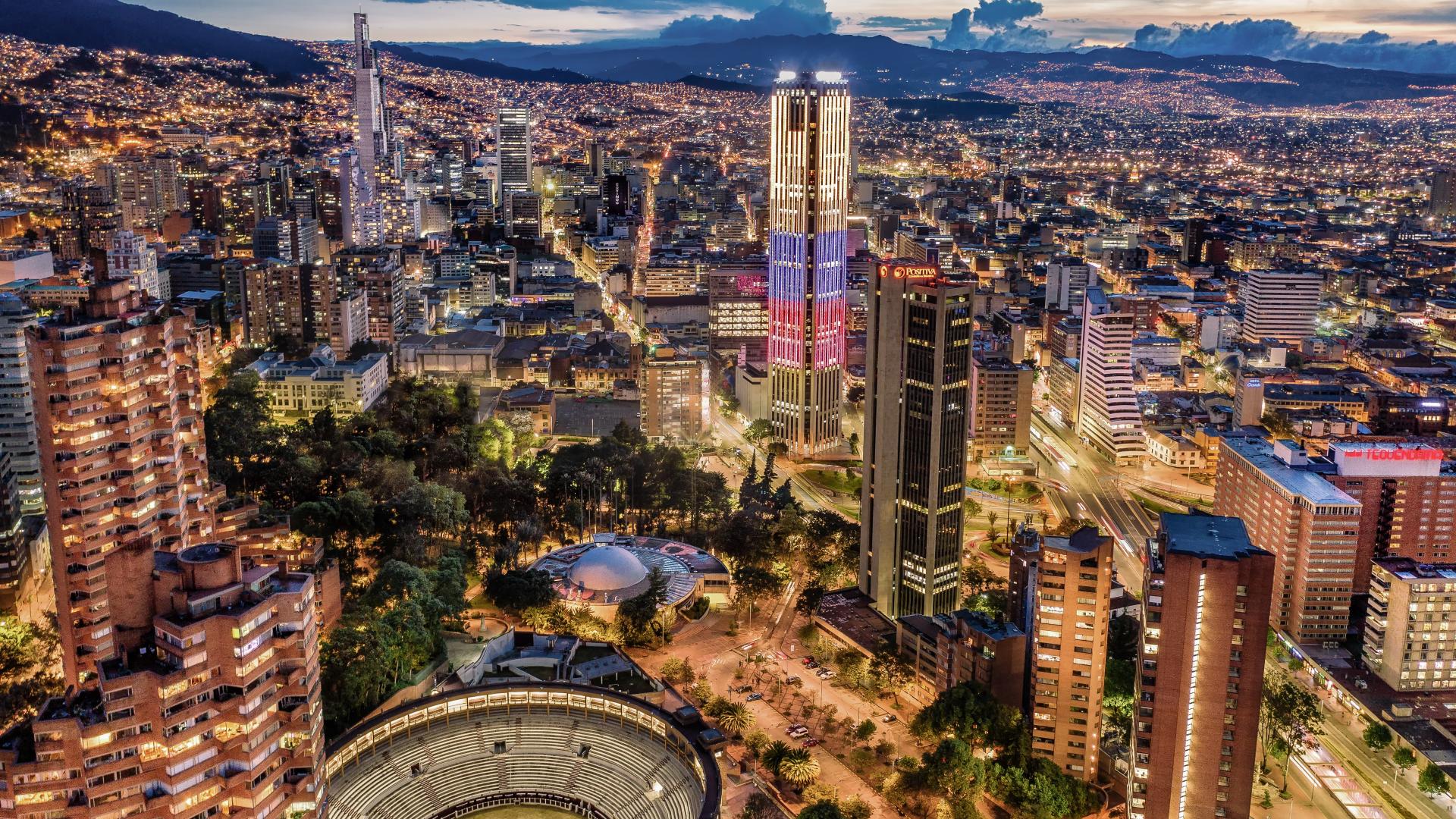


Aerial View of Bogotá by Drone
Bogota Colombia Walking Tour 4k |
Where to Party in Bogota Colombia ? Zona Rosa and Zona T September 2022
Climate

Bogotá has an average high of around 19º (66F) all year round and an average low of around 8º (46F) most of the year, although night temperatures drop somewhat lower in the winter months. Bogotá is significantly colder than other major Colombian cities like Medellín due to its greater altitude, so much so that it is nicknamed La Nevera or "the fridge".






